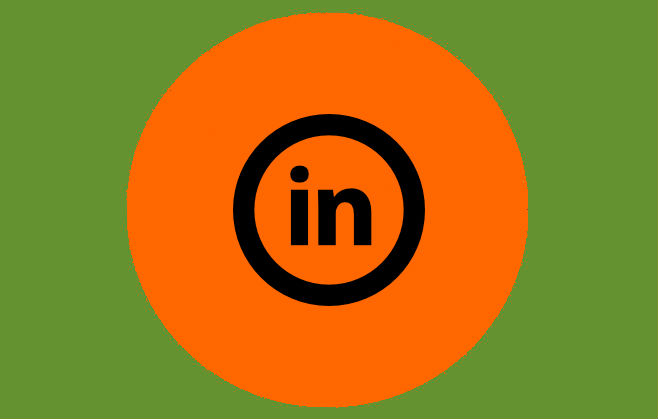
How can brands use LinkedIn as a marketing tool?
Although one of the best business networks out there, LinkedIn is often underused as a marketing tool. But for B2B organisations in particular, the platform can offer huge benefits when it comes to making connections, communicating, and conveying expertise.
LinkedIn isn’t just home to the online profiles of around 150 million professionals, it is also a powerful marketing tool for businesses in the know. While companies often use Facebook and Twitter for connecting with followers, we’re seeing LinkedIn becoming the place for businesses to connect with existing and future employees, promote their in-house teams, events and accolades, and show how they fit into their wider industry. For example, Hubspot, one of the world’s most recognized inbound marketing and sales platforms, uses LinkedIn for self-promotion and positioning, posting regular tips and presenting case-studies of businesses who are successfully using the company’s software and services. Hubspot’s posts, which also include relevant articles and “how to” guides, are undoubtedly for the benefit of clients learning about and interested in using its products. Adobe Marketing Cloud, is another company who effectively uses LinkedIn for business relations. Through shared articles from the social media and marketing industries, the organization regularly demonstrates its knowledge, and empowers other businesses with crucial insights.
But it’s not just B2B organisations who are putting LinkedIn to good use, B2C brands are also using the site to engage with their target audience. Take Dell for example, whose account was announced one of LinkedIn’s best company pages of 2013. Dell posts frequent updates to the site to engage its followers, with technology news articles being popular examples. Another LinkedIn winner, the Four Seasons hotel group, also uses the site to draw on positive press and announce upcoming events for the benefits of potential patrons. Including a mix of videos, online articles, images, and links to updates on its site, the company manages to use LinkedIn as an extension of its other social channels.
So how should brands proceed when it comes to managing their LinkedIn pages? Undoubtedly, LinkedIn is the site where blog posts will be read and engaged with, when they might otherwise go missed on platforms such as Twitter or Facebook. Therefore, we would suggest making blog posts an important part of your strategy for exhibiting industry knowledge and awareness of your surrounding sector. The same goes for posting reading lists or interesting articles you think other professionals might like. When it comes to branding, there are a few things you can do to convey professionalism. Firstly, ensure your company details, employee list and connections are up to date, while your cover photo represents your brand image. Secondly, we would suggest changing your allocated LinkedIn URL to include the company name. Not all businesses have done this, but we feel it’s helpful to keep branding consistent and professional. For creative agencies and businesses, LinkedIn also allows you to sync your creative portfolio, using the Creative Portfolio Display app- good for keeping all your work in one place, and impressing potential clients! And B2B organizations can further benefit from using LinkedIn’s Huddle feature, which acts as a group workspace, enabling users to work on projects with other businesses thanks to its sharing tools. Ultimately, it’s important to remember that while LinkedIn has a slightly different function and audience reach, it should still fit coherently alongside your company’s other social media accounts.
Do you use LinkedIn to connect with other businesses as well as individuals? Do you think the platform should be an important part of any marketing strategy? We’d love to hear your thoughts as always, so please tweet to us @PracticeDigital, and share your thoughts on our Facebook page.




